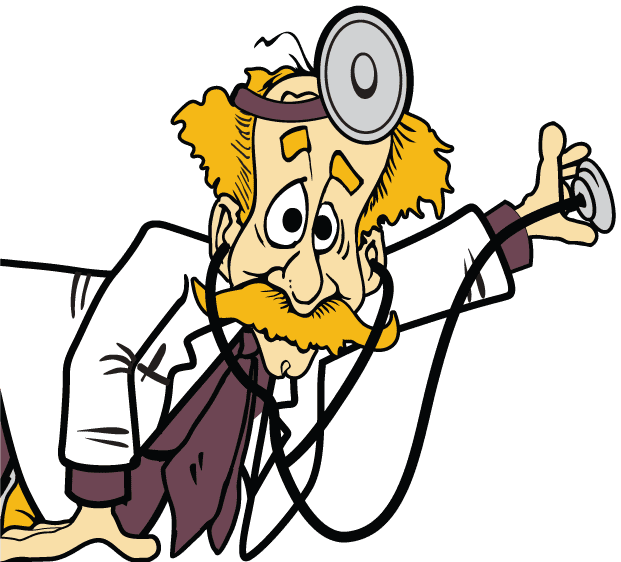Don’t let your crawl space become a nest for pests. Moisture can cause a world of problems, but it is often ignored by homeowners. From mold growth to pest infestations, excess moisture can wreak havoc on your home’s structural integrity and health.
Once it reaches over 60% relative humidity, the crawl space starts attracting more pests, mildew, bacteria, mold, and other biological contaminants. If left unmanaged, this can cause musty smells and structural problems.
Remember, your crawl space may be out of sight, but it shouldn’t be out of mind. With encapsulation and dehumidification solutions, you can keep it dry and comfortable. The information below can offer some practical guidance on how to take care of crawl space moisture.
What Causes Moisture in Your Crawl Space?
To effectively fix or avoid the problem, you should pinpoint the exact underlying cause. Multiple factors can play a part in accumulating excess moisture in crawl spaces. These can include:
- Poor ventilation: Inadequate ventilation can cause moisture problems in the crawl space. It prevents moisture from escaping, which can cause condensation and mold growth.
- Water leaks: Plumbing leaks, roof leaks, flooding, or other water intrusions can cause puddles to form. The standing water introduces moisture to the crawl space.
- High humidity: Hot and humid weather can increase moisture levels in the air, especially if you live in the southeast United States.
- Groundwater: Crawl spaces built below the water table can experience flooding or seepage.
- Improper grading: If the soil around your home slants toward the foundation, it can cause water to slowly seep and accumulate in the crawl space.
- Inadequate drainage: Problems like a defective sump pump, clogged sewage line, or burst water line can cause moisture and flooding in your crawl space.
Risks of Crawl Space Moisture
Crawl space moisture can be a serious problem for your home and health, because termites love moisture. According to a study by the Structural Pest Control Board, termite infestations often start in crawl spaces. The high humidity and moisture create the perfect living environment.
Mold also thrives in moist environments. It can quickly spread throughout your home and cause a range of different health issues. People who are sensitive to mold can experience symptoms such as red eyes, itchiness, wheezing, and a stuffy nose.
Another risk of crawl space moisture is structural damage. Mold can form on almost anything. That includes your drywall, wood, carpet, furniture, and insulation. When there is too much moisture, the wood can split, buckle, or rot. It’s not uncommon to see cracking or peeling paint.
Moisture problems can also reduce the home value. According to experts, moisture issues and water damage are among the top concerns for home buyers.
Check out our guide to learn more about potential problems from moisture in the crawl space.
Solutions for Crawl Space Moisture
Various solutions can be implemented to mitigate and prevent crawl space moisture.
One of the most effective solutions is to do a full-space encapsulation. This is a process in which you line the crawl space with heavy-duty polyethylene. The barrier is designed to seal and cover the walls, floors, and other areas of the crawl space.
Another solution is dehumidification. Use a dehumidifier when the moisture levels get too high or the crawl space is too humid. Ventilation can also help. The area should have 1 square foot of screened vent for every 150 square feet of space.
Regular maintenance and inspections can help you identify and address any potential sources of moisture before they become a bigger problem.
Call a Crawl Space Professional
Don’t let moisture be a lurking threat in your crawl space. Take action today and protect your home! Contact our specialists at Crawlspace Doctor for crawl space moisture management and repair. We can help with encapsulation, mold remediation, and waterproofing.
